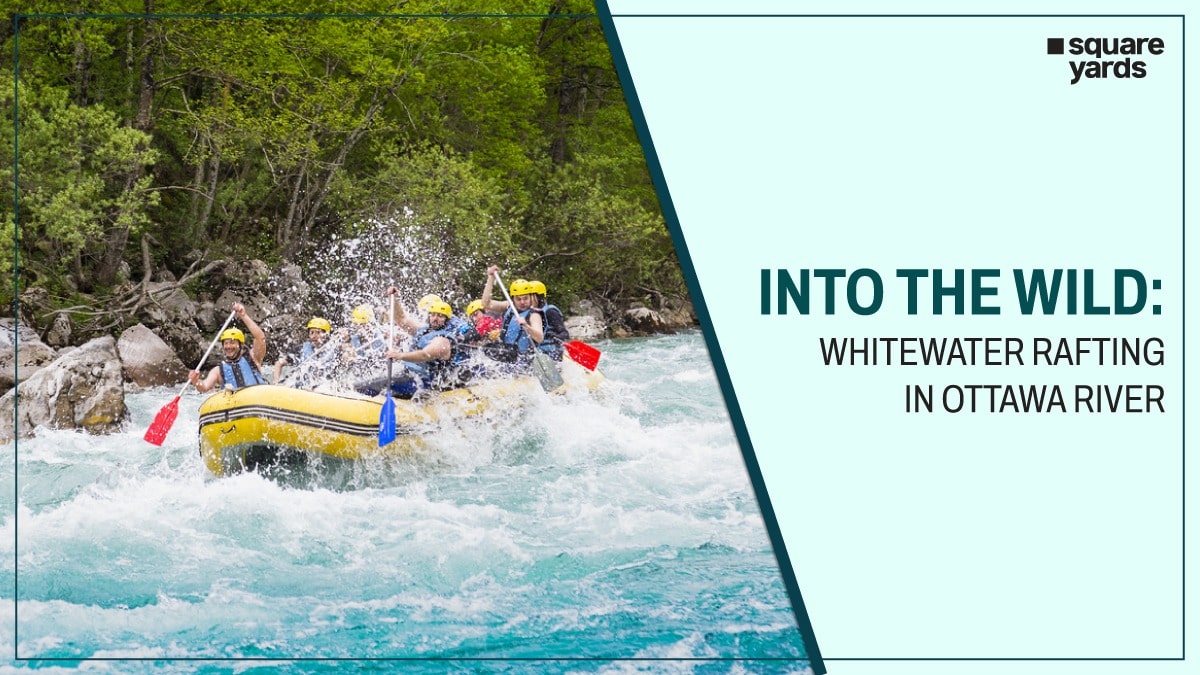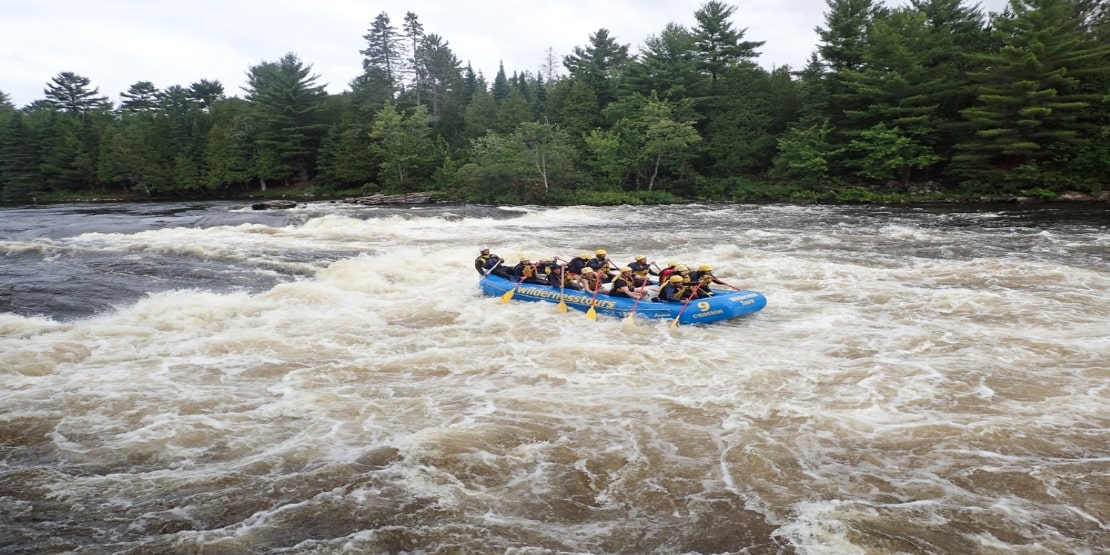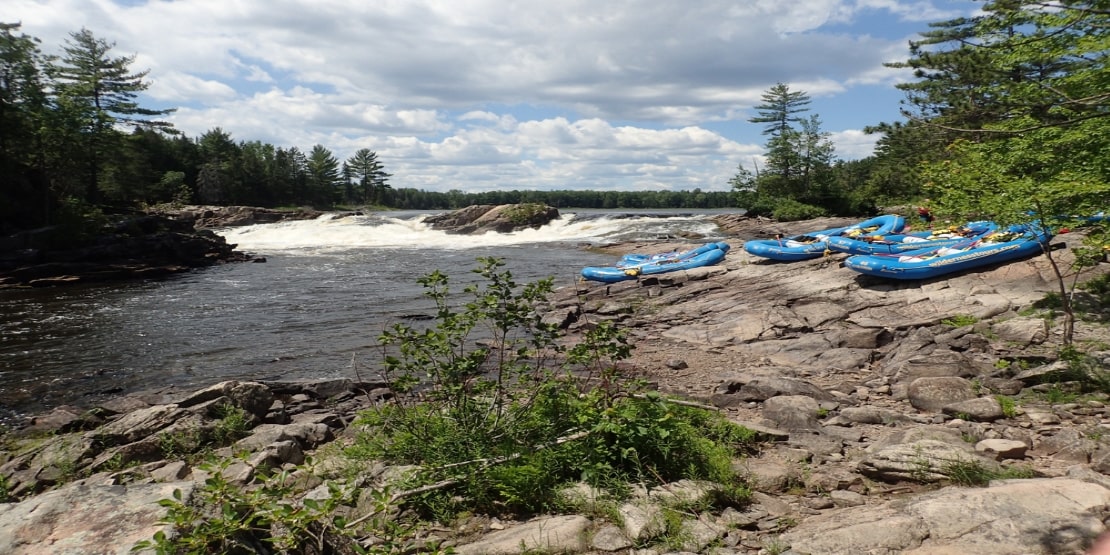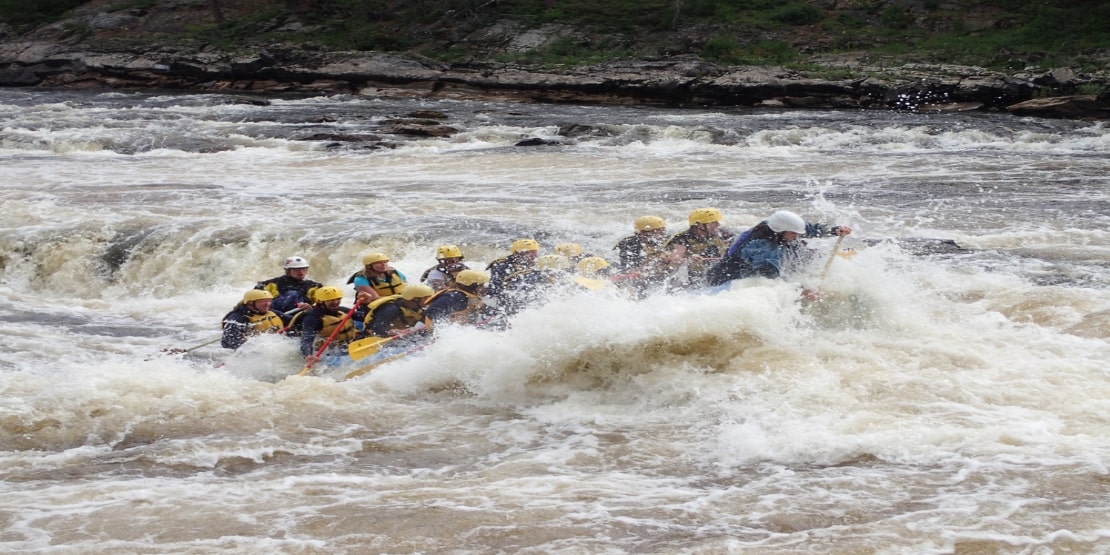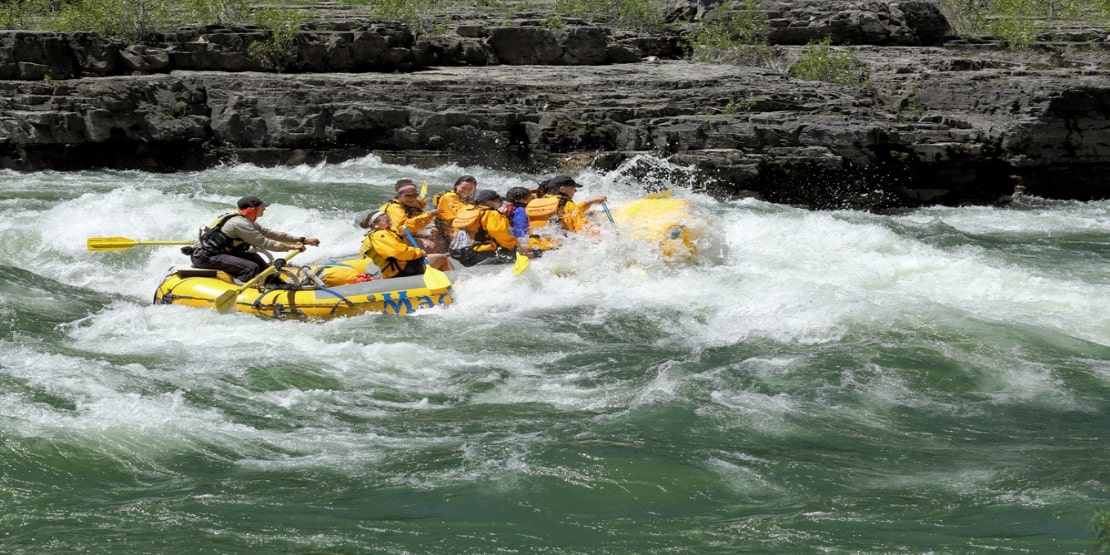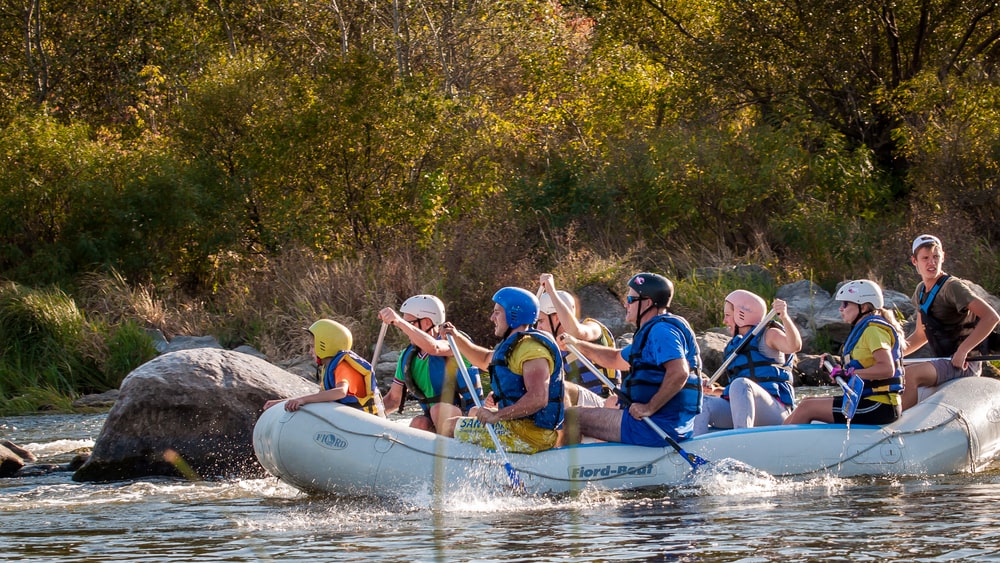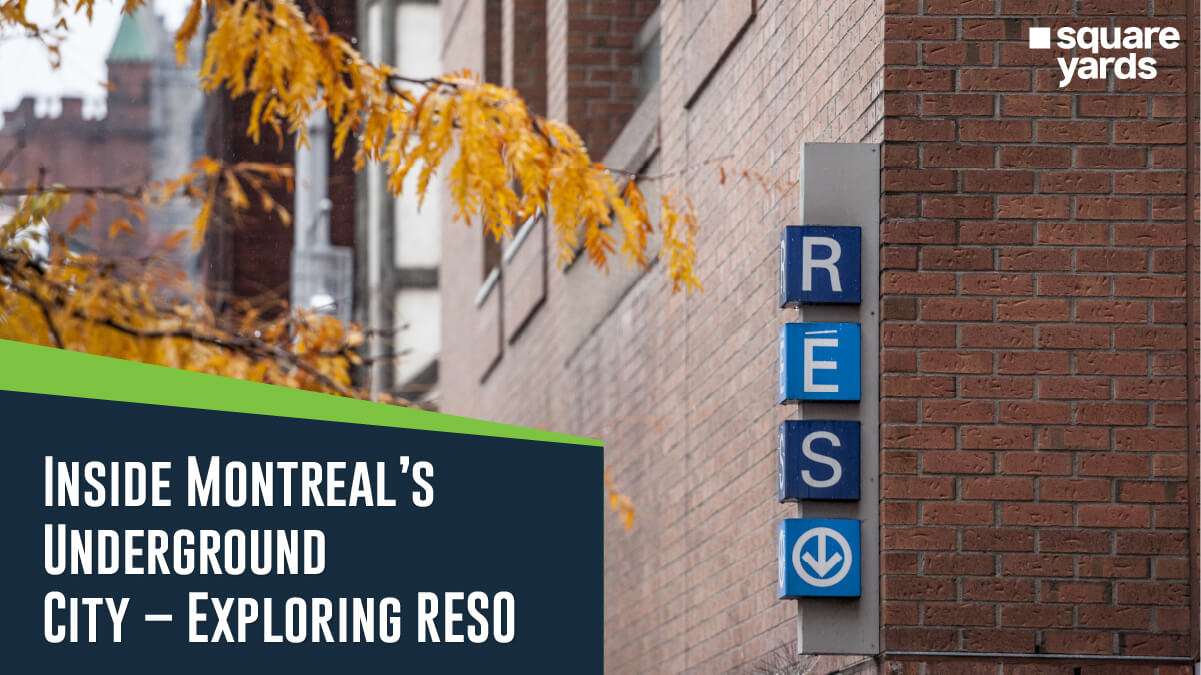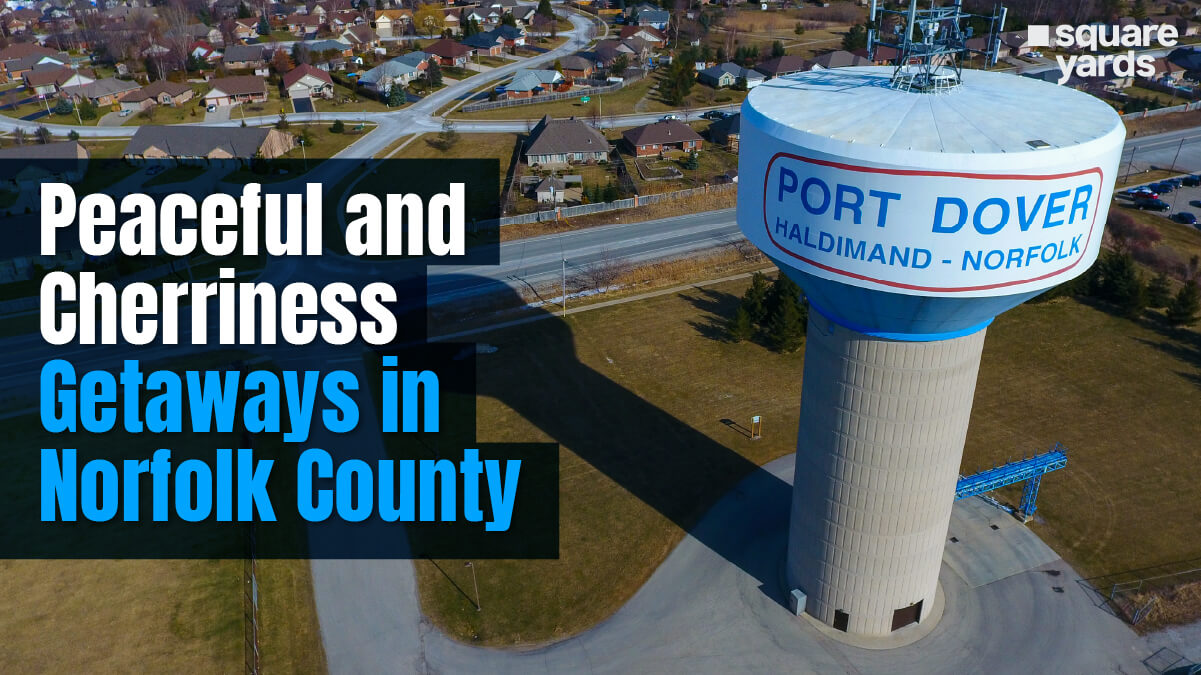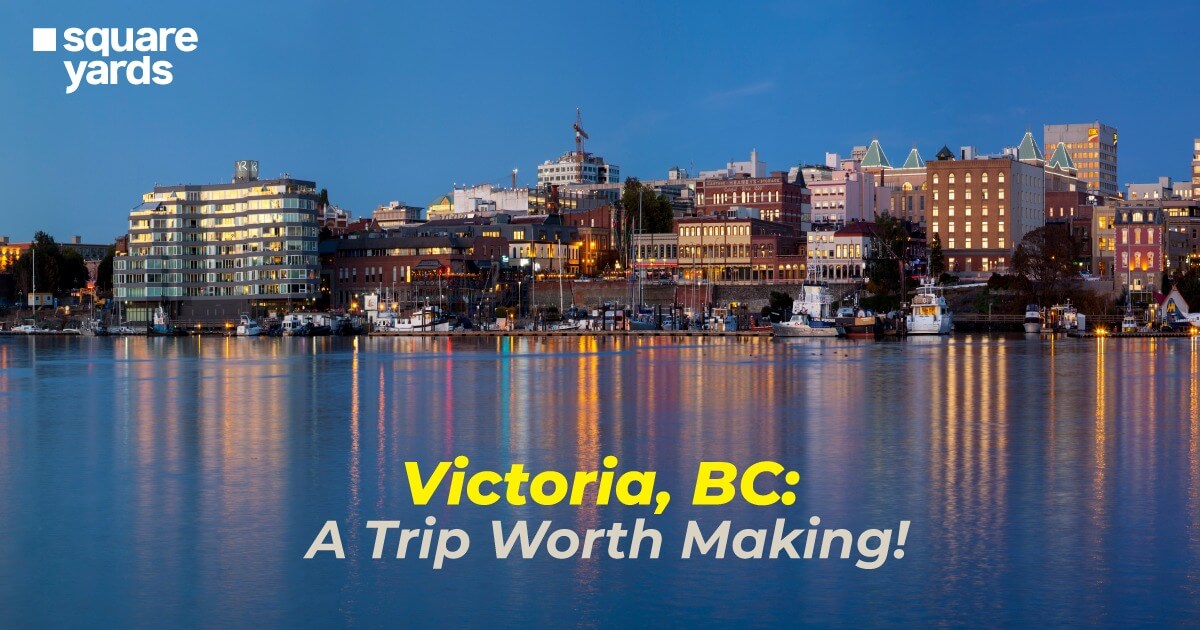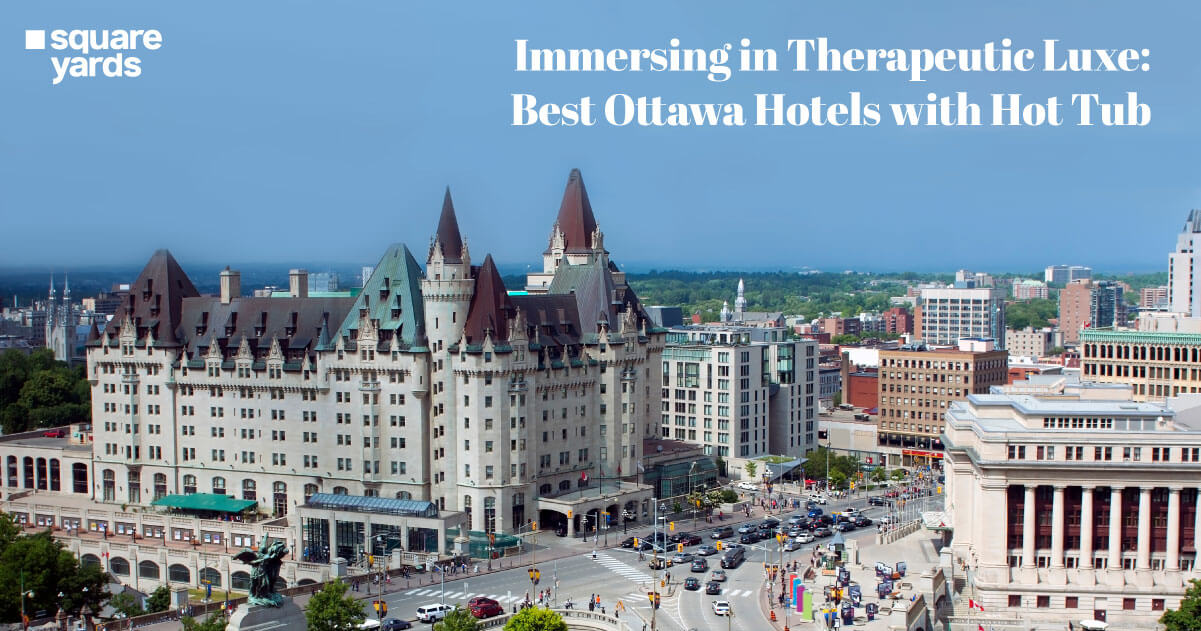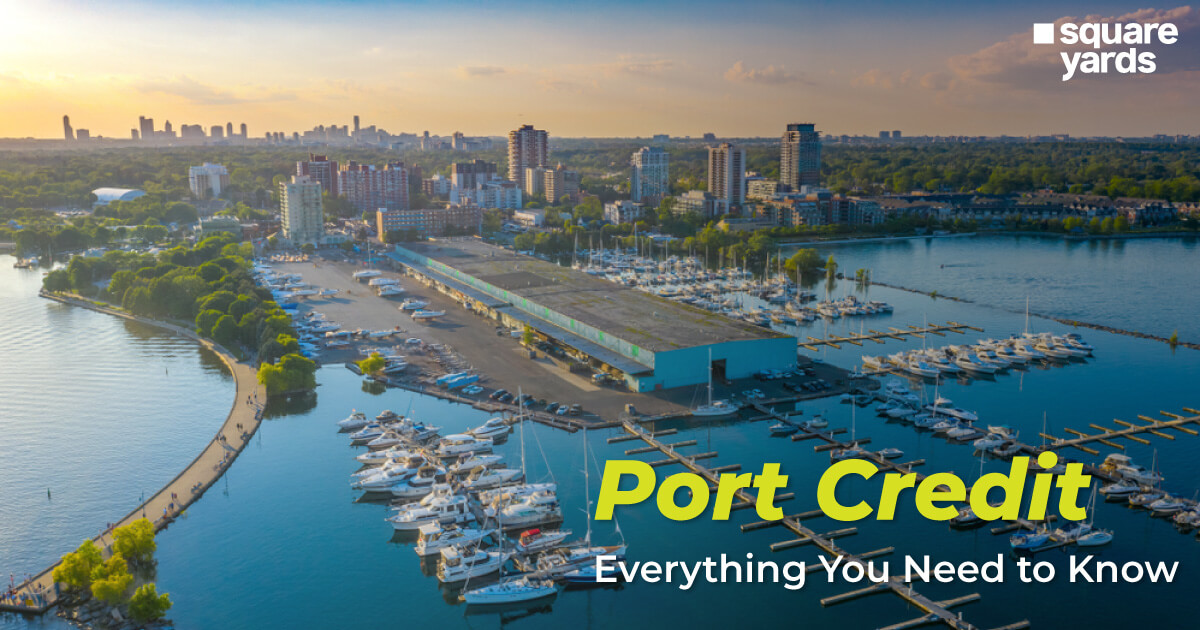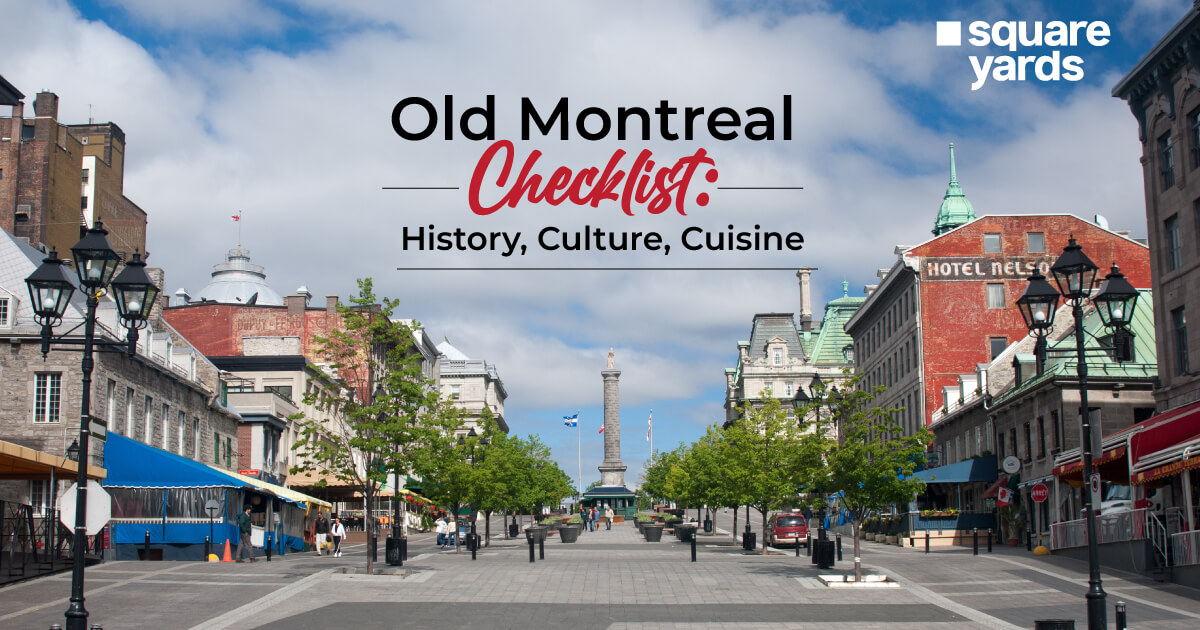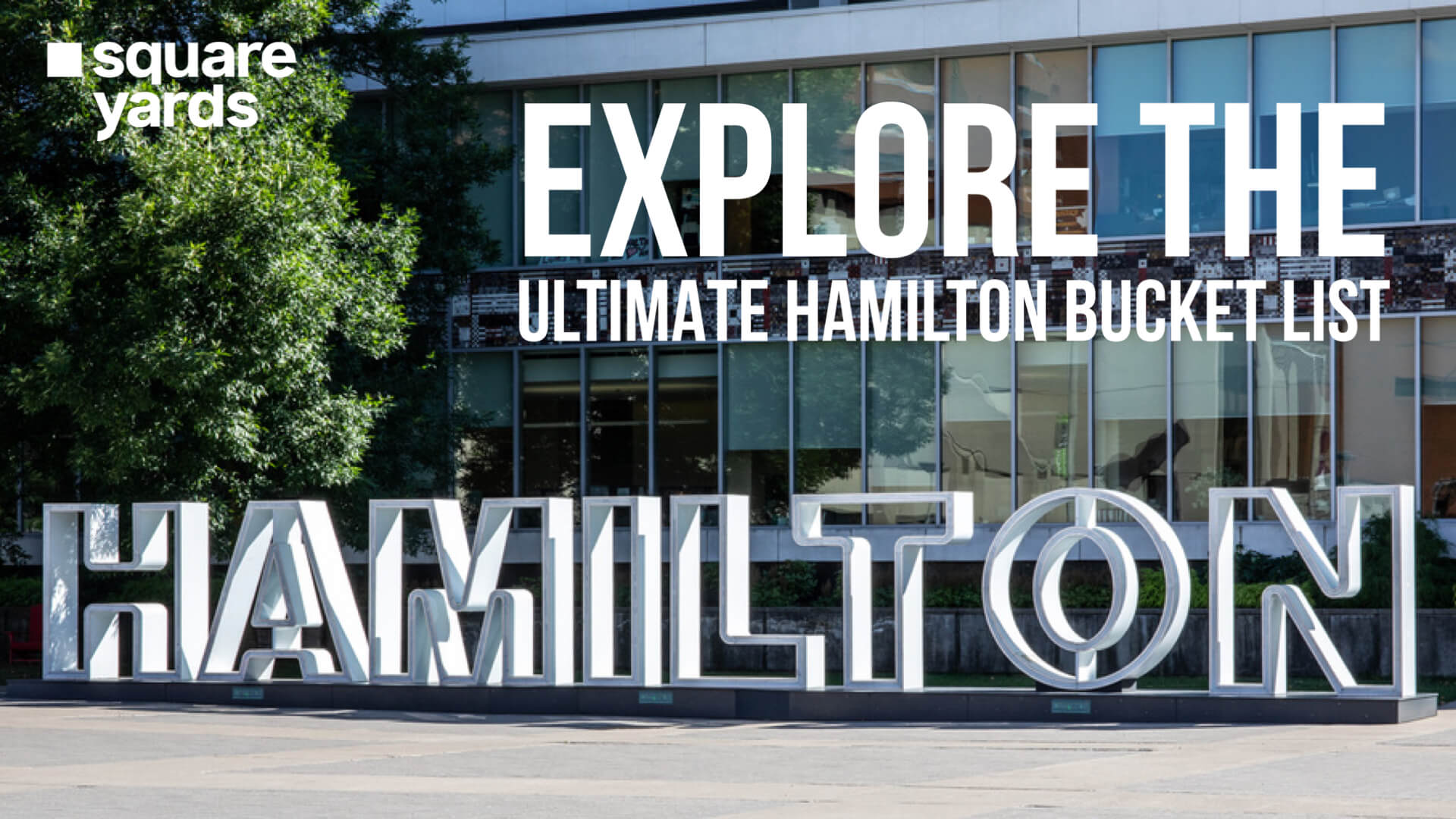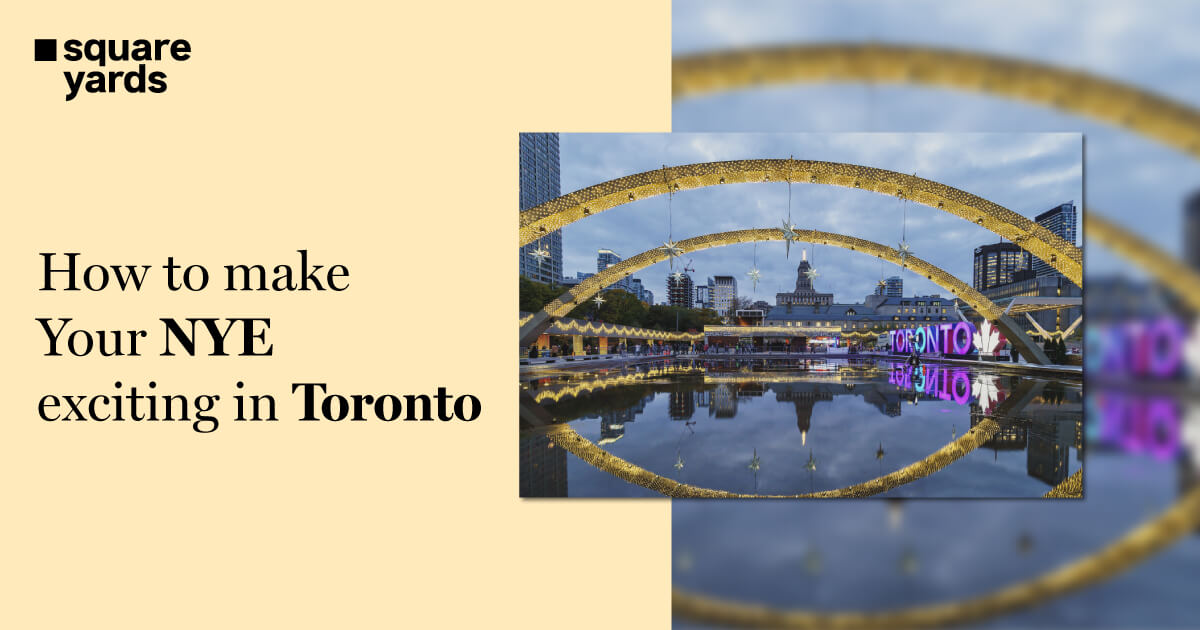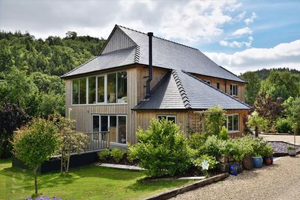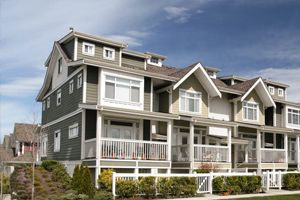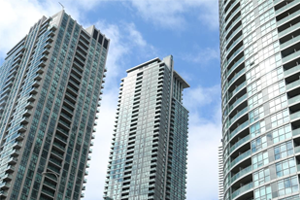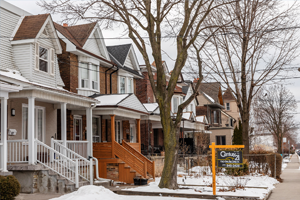‘It’s the scary choices that end up being the most worthwhile.’ – Melissa Joy Kong.
Have you ever been on an adventure that pushes you out of your comfort zone and gets your adrenaline pumping? So, if you’re looking for an experience, Canada has no shortage of adventure spots that won’t make it on your bucket list!
Canada’s Ottawa is one such province, known as one of the world’s top destinations for whitewater rafting adventures. It is known for its world-class adventure companies and various river trips for all experience levels. The robust Ottawa River offers low, medium, and high-intensity whitewater rafting and tubing minutes away from downtown Ottawa and exciting class III to V rapids over an hour’s drive away.
The best part about whitewater rafting is that you don’t need any experience or training. You can learn everything you need to know before hitting the first rapids.
This is a one-of-a-kind trip – fun, education, bonding, views, history, and excitement. This adventure is ideal for adventure seekers, families, schools, and corporate groups. With a course of 2.5–3 hours of adventure, experience Ottawa like never before!
Scroll down further to learn everything about whitewater rafting in Ottawa, Canada.
Types of Whitewater Rafting in Ottawa
The Ottawa River is always the first choice for whitewater rafting in Canada. Why? The huge rapids, warm waters for half the season, and its indigenous name, Kichi Sibi, which means ‘Great River’. The river is even more special because the rapids here get their nicknames. The unique names given to the rapids are Dragon’s Tongue, Bus Eater, Butcher’s Knife, The White-Faced Monster, Coliseum, and Hell’s Half Mile.
In Ottawa, rafting can be done on several channels depending on the conditions, but the Main Channel and Middle Channel are the two primary rafting channels. Both channels are around the Rocher Fendu Islands. You will always start at the infamous McCoy’s Chute Rapid, regardless of the channel you raft down.
| Did You Know?
The Ottawa River is massive at 1271 km long and 460 feet deep in some places. It’s not clear if it’s due to the size of the river or the age of the rapids, but many places consider them ‘drop-rapids’ because they have a steep drop and a short break. That makes it more thrilling. |
As you float towards the beautiful view of Canada’s beautiful Parliament Buildings, you have the opportunity to do body surfing, cliff jumping, and other activities. The guide, along the route, will share historical anecdotes about the Ottawa River’s importance and fun facts.
Through the many rafting channels, there are three types of rafting trips that you can choose from. The whitewater rafting trips are based on the level of adventure – low, medium, and high-intensity rafting.
-
Low-Intensity Whitewater Rafting
Low-intensity rafting is ideal for non-swimmers, families with young children, and groups with children over five who weigh at least 22 kg (50 pounds).
These gentle float adventures do not require paddling. Instead, a guide steers the 6–7-person raft and instructs them on how to paddle. The chances of your raft flipping or falling out are exceptionally low. From June to September, the river offers day trips or multi-day packages with Class II and III rapids in the gentle channels. The trips include bodysurfing and swimming opportunities.
-
Medium-Intensity Whitewater Rafting
Medium-intensity rafting trips are designed for people who are comfortable in the water and have basic swimming skills. There is a good chance that the raft will flip.
The trip involves a 12-person raft that experienced professionals guide. All participants are required to paddle actively. Additional activities such as body surfing, floating, and cliff jumping are available. Children must be at least 13 years old and weigh at least 40 kg (90 lbs) to participate. There are day and multi-day packages available from May to September.
-
High-Intensity WhiteWater Rafting
A high-intensity whitewater rafting trip offers the ultimate adrenaline rush in smaller rafts. This activity requires advanced swimming skills and a strong sense of comfort in the water, as the raft is likely to flip. It is not recommended for first-timers.
With active paddling, rafters will be guided by an experienced professional in a 6 or 7-person sport raft or a 2-person sports yak. Body surfing, floating, and cliff jumping are optional on this rafting trip. For children to participate, they must be 13 years or older and weigh 40 kg (90 lbs) or more. The day trips and multi-day packages run from May to September.
-
Whitewater Rafting for Non-Swimmers
Low-intensity whitewater rafting is ideal for non-swimmers or a gentle float trip. Trips of medium and high-intensity are not recommended as they are more intense and rough. However, there are whitewater rafting resorts in Ottawa that offer alternative activities for people who do not prefer to raft. You can hike up the Canadian rocky trails, mountain biking or relax by the river.
What to Expect from Whitewater Rafting in Ottawa?
The whitewater rafting trip is tailored as per the experience you would like. The trip is based on the type of rafting, the section of the river, and the time of year you choose to go whitewater rafting in Ottawa. It could be family-friendly, a lazy float or a high-adrenaline trip.
A standard whitewater rafting tour commences with a 90-minute drive northwest of Ottawa. Once you reach your destination, there are steps to complete the whole rafting process:
- On-site, you have the required paperwork to fill out given by the rafting company.
- Followed by an orientation and a safety demonstration about the rafting trip. The outfitters will provide rafting safety devices like helmets and life jackets.
- You will be given a rundown of the day’s itinerary. This will include when you need to be attentive and work as a team and when you can take it easy and enjoy the views.
- Most rafting trips include lunch or a cool drink as you float down a flat part of the river.
- Participants don’t have to paddle the entire 2.5–3-hour journey. The guide activates a quiet, eco-friendly electric motor on flat stretches of water so you can sit back and relax.
Best Rafting Companies
The Ottawa Valley has numerous acclaimed whitewater rafting companies that make it easy and comfortable for first-time rafters. They offer affordable rafting day trips and multi-day packages, riverside accommodations, meal plans, and other adventure activities. Some of the best in Ottawa are –
- OWL Rafting
- Wilderness Tours
- Ottawa City Rafting
- River Run Rafting & Wilderness Resort
- Esprit Whitewater Rafting
- HorizonX Rafting
If you need to figure out where to stay for your rafting trip that is not too far and costly, the listed above offer a variety of camping, rustic cabins, and cottage accommodation for a convenient and no-hassle Ottawa River rafting experience.
Best Season for Rafting
The whitewater rafting season on the Ottawa River is the longest and warmest in Canada. The hydroelectric dams above and below the whitewater section of the river ensure enough water volume to create Ottawa’s famous rapids, even in late summer when other rivers are non-operational.
Whitewater rafting trips on the Ottawa River are available from May to October. Summer (July to early September) is the best time to visit the warmest waters for swimming, body surfing, and cliff jumping. Water levels during this time are an average of around 250 CMS (cubic metres per second) or 8,800 CFS (cubic feet per second), with water temperatures reaching a comfortable 22°C (71°F).
The spring season on the Ottawa River (May to June) has the biggest waves, the gnarliest rapids, and bus-sized hydraulics that can swallow an entire 12-person raft. Peak spring flow can exceed 4,500 CMS (176,500 CFS), with water temperatures hovering around 4–6°C (39–42°F). The experience is bone-chilling.
Autumn (September to early October) can be a beautiful season for whitewater rafting in Ottawa. You will have less time for your raft to run the rapids and more time surfing each wave since it is quieter than usual. Expect higher flows than in the summer and warmer temperatures than in the spring.
What to Wear for Rafting
The outfitters at the Ottawa River rafting provide all the mandatory safety equipment—including a helmet, life jacket, and optional wetsuit.
Apart from the basics – bathing suits or shorts, it is advised to carry a rash guard or sun protection shirt, waterproof sunscreen, towels, and a change of clothing. Aside from the basics, including a bathing suit and swim shorts.
One will also need comfortable water/sports shoes (preferably with adjustable back straps) that secure your feet on the raft. Avoid or leave your flip-flops on the site.
Eyeglasses/sunglasses should be well secured as they could fall into the water. Check with the rafting company if mobile phones are allowed on the raft—whether they must be in a gearbox, or if you can keep them on you. Even if you can, pack it in a waterproof bag or box.
For colder days, the requirements are slightly different. They include wool socks, a warm wool cap, a light fleece sweater, a paddling jacket, a nylon windbreaker, synthetic or wool pants (avoid cotton as it stays wet and can make you cold) and a full wetsuit (available for rent).
On windy days, bringing a pair of synthetic gloves with palm grips can be helpful. Some rafting companies rent or sell water shoes or wetsuits.
| Fun Fact
Ottawa: The Original ‘highways’ of Canada A canoe used the Ottawa river and its numerous tributaries as a highway. The Ottawa River’s mouth begins at Lake Temiskaming and flows south to Ottawa, then east to Montreal, where it joins the Lake of Two Mountains and the St. Lawrence River. A large section of the Ottawa River serves as a border between Quebec and Ontario. The river is given the name Rivière des Outaouais on the Quebec side. |
Conclusion
If you love an adrenaline-pumping adventure, get your wetsuit on and enjoy a whitewater rodeo. Rafting in Ottawa is for all kinds of rafters, from a thrilling experience in challenging rapids for advanced rafters to a lazy river float for beginners.
Surprisingly, whitewater rafting comes bearing health benefits for everyone. It helps reduce stress as you are amidst nature, gives an adrenaline rush to your body and mind, helps to strengthen muscles, and brings about family or team bonding. Rafting is also a confidence and self-esteem booster.
So, what are you waiting for? Book your choice of a whitewater trip, pack your rafting essentials, and row, row, row your boat (raft) gently (not) down the stream for a heart-pounding experience on the Ottawa river.
You May Also Read
| Fun Things to Do in Toronto | Best Hikes in Alberta |
| Secret Places to Visit in Ontario | Guide to Luxury Hotels in Ottawa |
| 10 Famous Restaurants of Ottawa | Guide to Traveling Canada in Winter |
Frequently Asked Questions
Where can you go whitewater rafting in Canada?
Some of the best places to go for whitewater rafting in Canada are the Ottawa River, Kicking Horse River, Chilcotin River, Jacques-Cartier River, and Tatshenshini River.
Where is the best whitewater rafting in the world?
The top of the list for best whitewater river rafting is on the Colorado River, Arizona/Utah, USA.
What is the best time of year to go whitewater rafting?
The best time for whitewater rafting in Ottawa is from late May to late June, when the river is more relaxed and less crowded.
What is the hardest level of whitewater rafting?
Whitewater rafting is based on the different classes of rapids: Class I and II-float trips, Class III-beginner level for rafting, Class IV—intermediate to advanced level. It is perfect for adventurous rafters, Class V-an advanced level that is recommended for experienced rafters only, Class VI is a challenging level that poses an extreme danger.

